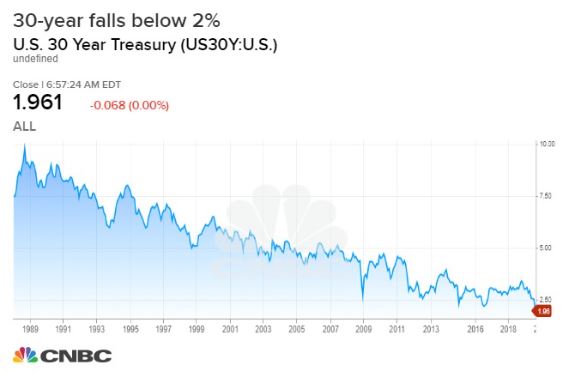Powell Speech Preview
What’s in Today’s Report:
- Powell Speech Preview
- Can Strong Consumer Spending Prevent a Recession?
Futures are marginally higher following a quiet night as trader position ahead of the Powell speech later this morning.
Economic data was sparse overnight although core Japanese CPI met expectations at 0.6% y/y.
There was no trade news overnight although Kudlow (Director of the National Economic Council) said discussions between the U.S. and China were “productive” on Wednesday (although he always says that).
Today the big event is the Powell speech at 10:00 a.m. ET. From a market standpoint, the 10’s-2’s spread will tell us whether the speech is positive or negative for stocks. If Powell is sufficiently dovish, then 10’s-2’s should widen out towards 5 basis points, and that should help stocks rally. Conversely, if Powell is not sufficiently dovish, 10s’-2’s will invert, likely notably, and in that case, if could get a bit ugly for stocks in the afternoon.



